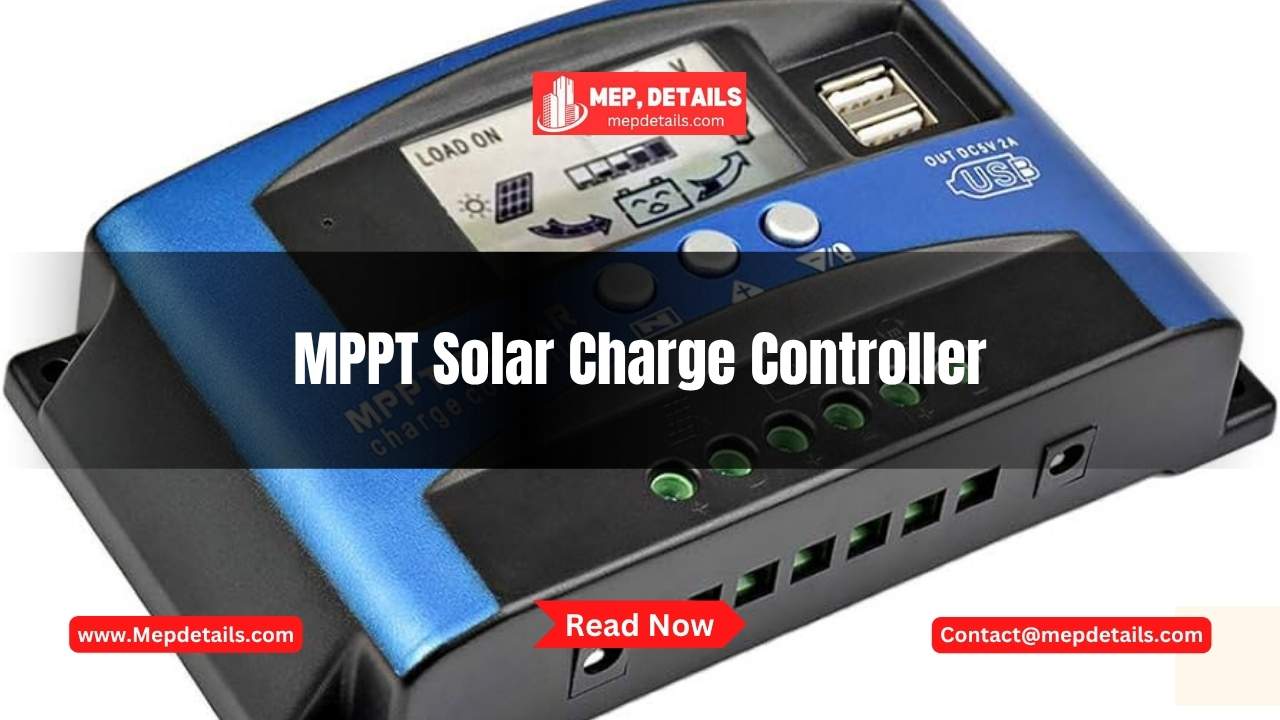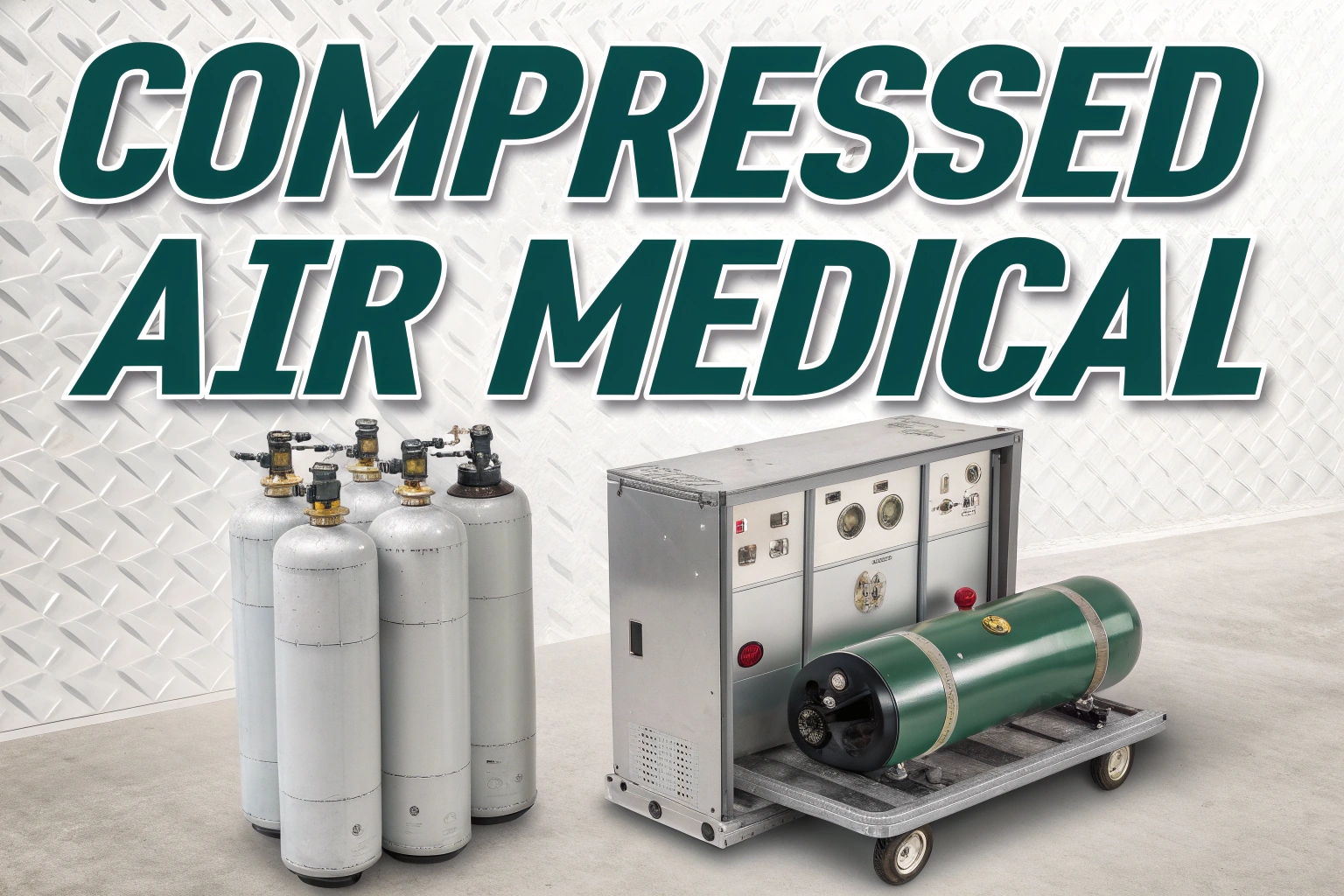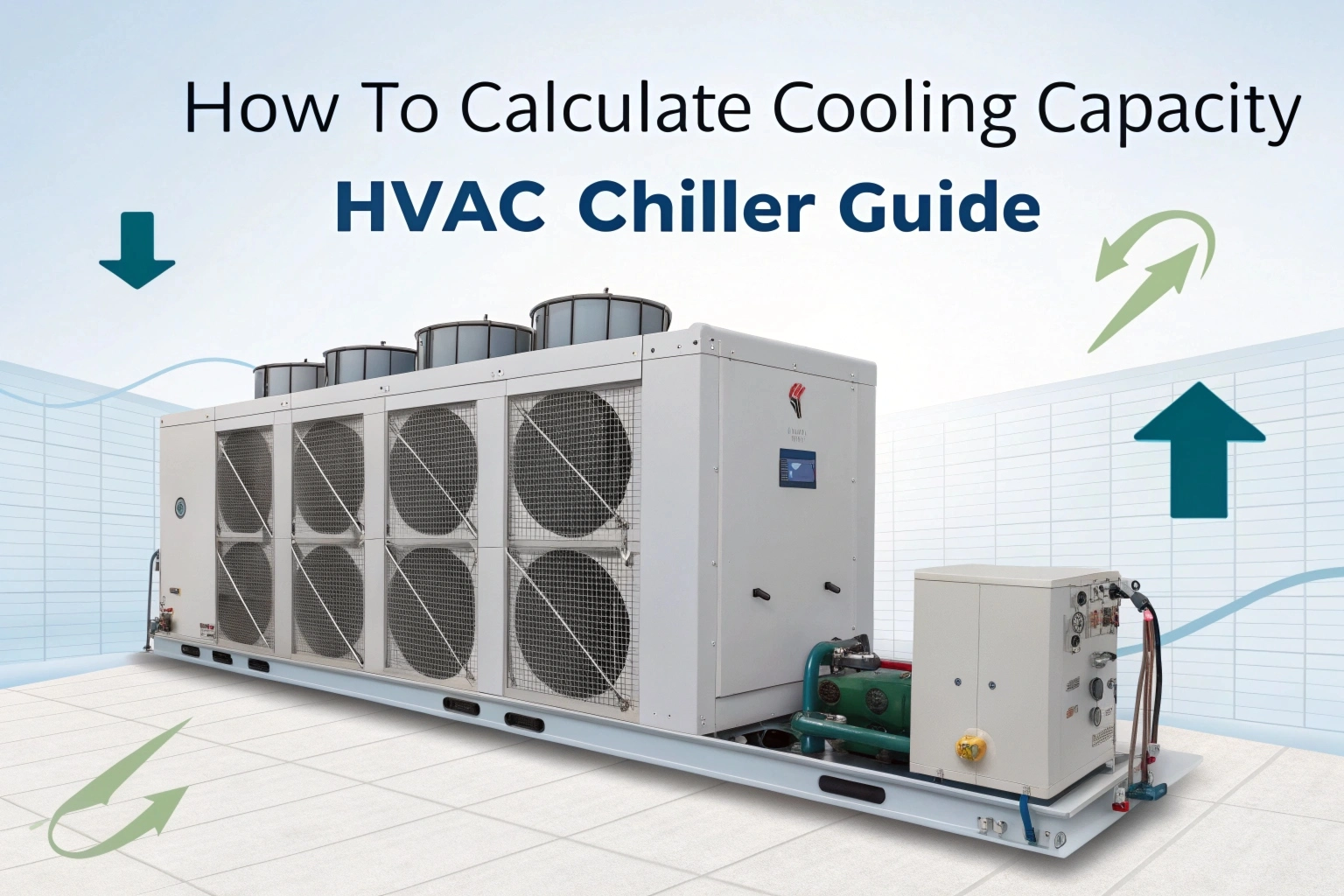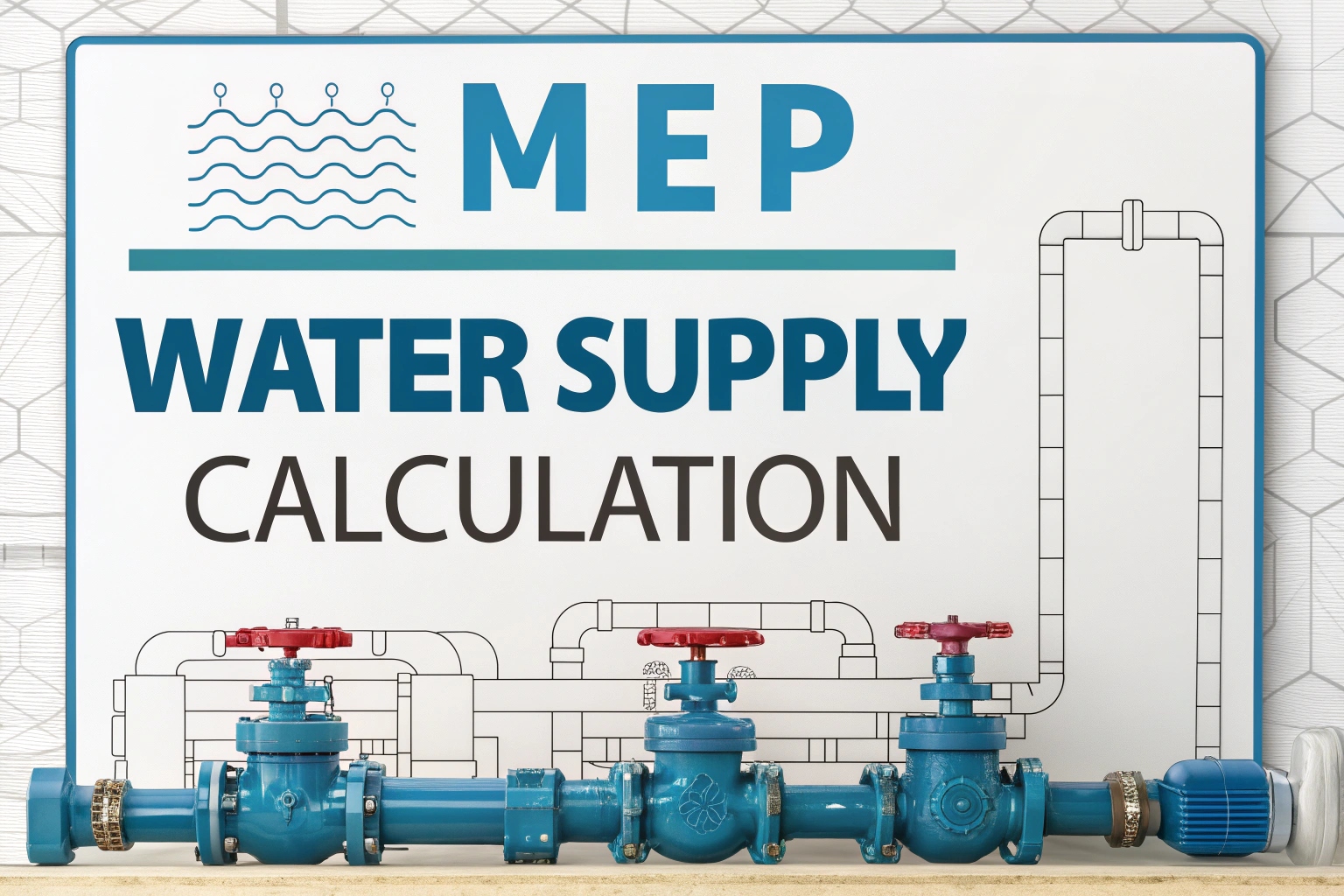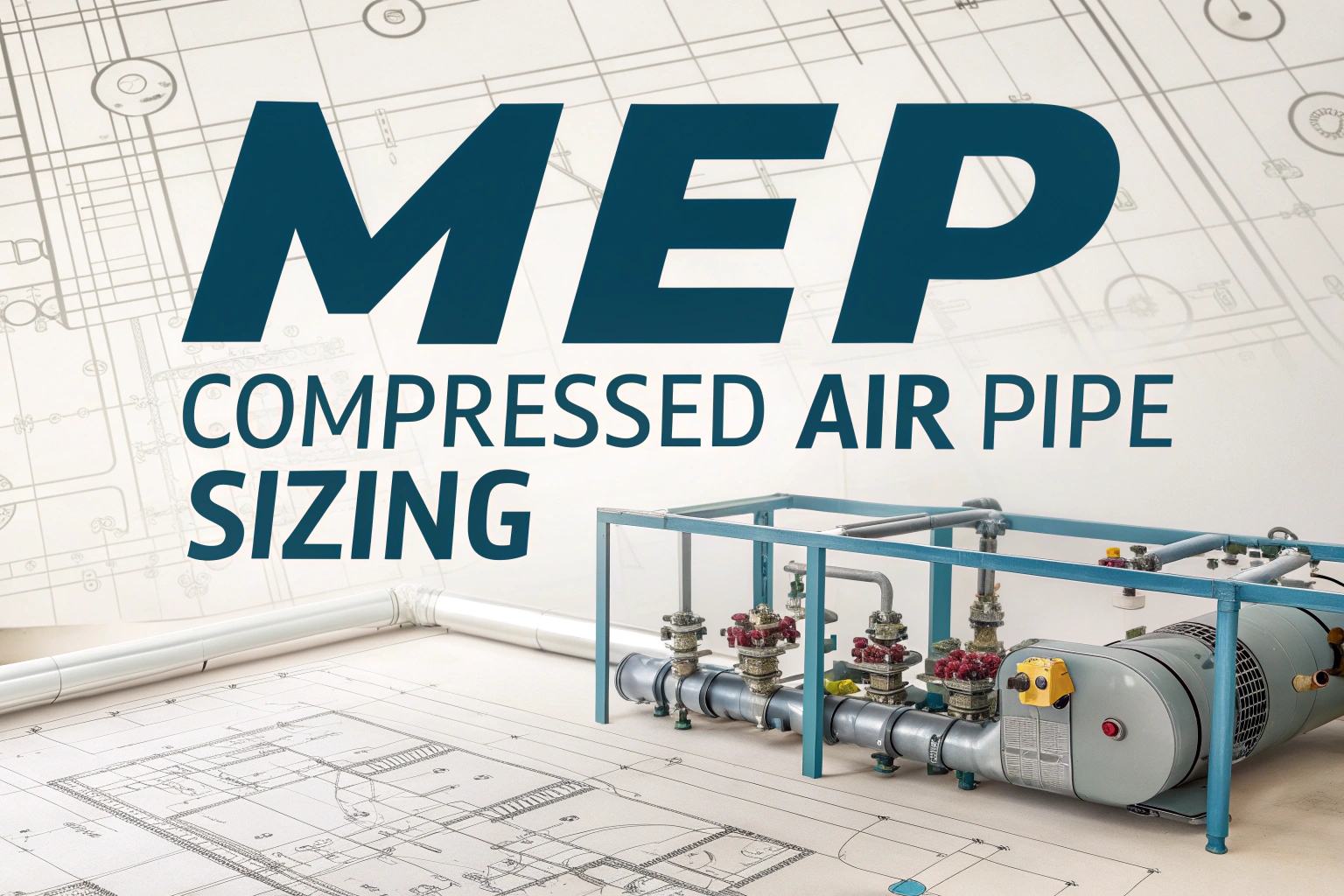You need an MPPT solar charge controller to make sure your solar panels use all their potential power. Maximum Power Point Tracking is what MPPT means. It improves the work of your solar system by making sure it gets maximum benefit from the sunlight.
You will understand in this article what an MPPT solar charge controller does, how it operates and why it provides better outcomes than old-fashioned charge controllers.
What Is an MPPT Solar Charge Controller?
An MPPT solar charge controller joins your solar panels with your battery system. It tells the system how many of the solar panels’ electrons go into the battery. Especially, it makes your panels produce more effective output by adjusting voltage and current.
For example, your solar panel makes 18 volts and 6 amps, even though your battery can only be charged with 12 volts. Normal controllers tend to lower the voltage which results in some wasted energy. The extra voltage an MPPT controller gets from overproducing is converted into more amps, so the entire harvest is made good use of.
How Does an MPPT Solar Charge Controller Work?
MPPT controllers are always looking at how much power is produced by the solar panel. Afterwards, technicians look for which point offers maximum production from the solar panel. They manage the input voltage and current so they reach this setting.
Once that is done, the controller lowers the high voltage to fit what the battery needs. Also, it increases the amount of current flowing. So, the battery can get extra power without being overcharged.
This is how you can see it in a simple way:
- A solar panel will generate: 18V × 6A = 108W
- Base model needs: 12V for the battery
- With MPPT, you get around 2% less output than simple math would predict (rounded to 108W).
Therefore, you don’t lose current from a voltage mismatch and more enters the battery.
Why Choose an MPPT Solar Charge Controller?
Many benefits attract people to choose MPPT controllers:
1. Higher Efficiency
An MPPT controller is up to 30% more efficient than using the standard PWM (Pulse Width Modulation) controller. These better results can be achieved on cold or cloudy days, since voltage changes more frequently then.
2. Faster Charging
Since MPPT controllers give more power to the batteries, charging the batteries takes less time. You notice this feature being handy when you need power from your solar system daily, like in RVs, boats or homes that are not connected to the power grid.
3. Better Battery Life
MPPT controllers stop the battery from getting overcharged or discharged past its maximum point. The battery is maintained in good condition which means it can work for longer.
4. Flexible Solar Panel Options
Making use of MPPT, you can use panels made for high voltage, unlike with PWM-based controllers. It lets you change your design as necessary while creating your solar power system.
MPPT vs. PWM Solar Charge Controllers
Let’s compare the two:
| Feature | MPPT | PWM |
|---|---|---|
| Efficiency | High (up to 98%) | Lower (70-80%) |
| Cost | More expensive | Cheaper |
| Performance in cold weather | Excellent | Poor |
| Ideal for | Large systems or variable weather | Small, stable systems |
| Power tracking | Yes | No |
So, even though the MPPT solar charge controller costs more, it saves you money over time by using more of your solar power.
Where Can You Use MPPT Solar Charge Controllers?
They are effective in lots of environments.
- Homes: To get better energy efficiency, MPPT is often used in off-grid or hybrid solar systems.
- RVs and Boats: When there are not a lot of places for solar panels, you want to pull the maximum benefit from each one.
- Remote Cabins: Batteries charged with MPPT get more power even when it is cloudy or cold outside.
- Farms and Fields: Solar water pumps should be installed and electric fences need to be kept charged.
With these, MPPT controllers improve the power you take from your solar setup.
How to Choose the Right MPPT Solar Charge Controller
Give some thought to the following factors prior to getting an MPPT solar charge controller:
1. System Voltage
You can run your utility on a 12V, 24V or 48V battery bank. Check if the controller is made for the voltage you want to use.
2. Amperage Rating
The controller needs to be able to take the highest current the panels produce. A controller should handle at least 40 amps if the panels you have can produce 30 amps.
3. Solar Panel Voltage
See what the highest allowable controller input voltage is. Never let the panel produce more voltage than is allowed.
4. Features and Display
A lot of MPPT controllers feature an LCD screen, can be watched from a distance with a remote or run applications through Bluetooth. With them, you can always keep track of the nix system quickly.
5. Brand and Warranty
Pick a well-known brand that gives a solid warranty. People trust Victron, Renogy and EPEVER for making quality MPPT controllers.
Installation Tips for MPPT Solar Charge Controllers
Do these things to get your best results:
- Put the controller near the battery so less power is used.
- Be certain the wires are appropriate to maintain correct voltage.
- Either use fuses or automatic circuit breakers to make sure there is protection between the system panel, controller and the batteries.
- Go over the manual carefully before beginning setup. Not all models are made the same and so they come with various instructions.
Ask a solar specialist or electrician if you aren’t confident about wiring your system.
Common Mistakes to Avoid
Many people forget to avoid these problems when operating MPPT controllers:
- Connecting the panel first: Systems should be hooked up so the battery is connected first. The controller is then able to notice the system voltage.
- Ignoring temperature sensors: A number of controllers use temperature sensors to control the charging process. Skipping this could cause the battery to be damaged.
- Using the wrong settings: Check the settings again for battery type and the size of the voltage. If the settings are not right, efficiency can fall or the battery may be harmed.
Final Thoughts
An MPPT solar charge controller works as the brain of your solar system. It watches your solar panels, boosts their current and develops the best plan so your batteries are fully charged in less time. Though the price of advanced controllers is more, the long-term savings and performance are worth it.
The most you will gain from your solar investment is with an MPPT controller. No matter if you are using electricity for a house, RV or a remote cabin, this is a very useful accessory.
FAQs
What is an MPPT solar charge controller?
An MPPT solar charge controller makes sure solar panels send the best possible energy to the battery or grid.
What is the principle of MPPT?
The MPPT measures the voltage and current coming from the solar panels to see when power peaks. The ECU next increases voltage so the battery receives the optimal charge.
Which is the better solar charge controller or MPPT?
MPPT controllers perform more effectively with big solar systems since they produce more energy and charge the battery faster. Small systems can run well with PWM controllers which are also the most cost-effective.
What is MPPT and its advantages?
MPPT adjusts solar panels so they can make the most of changes in sunlight and the weather. Doing this raises the amount of energy harvested.
Read More – What Is a PWM Charge Controller and How Does It Work?

